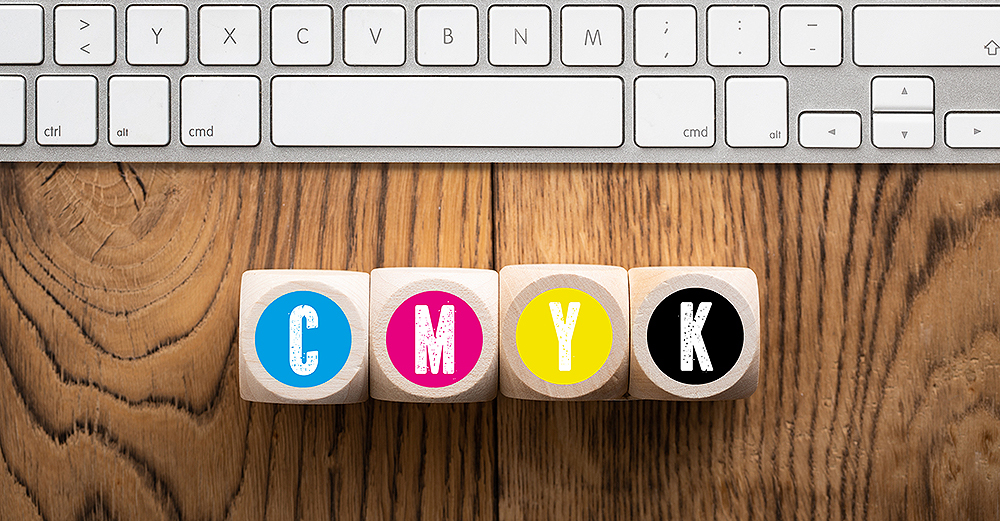- Creative Resources
- >
- Prepress Tips
Prepress Tips
When it comes to printing professionally, sending print-ready files is crucial. Use our top 12 prepress tips below to ensure your file is ready for the press and save you both time and money. .
Still Have Questions? Need additional guidance? Just reach out. We’re here to assist!

